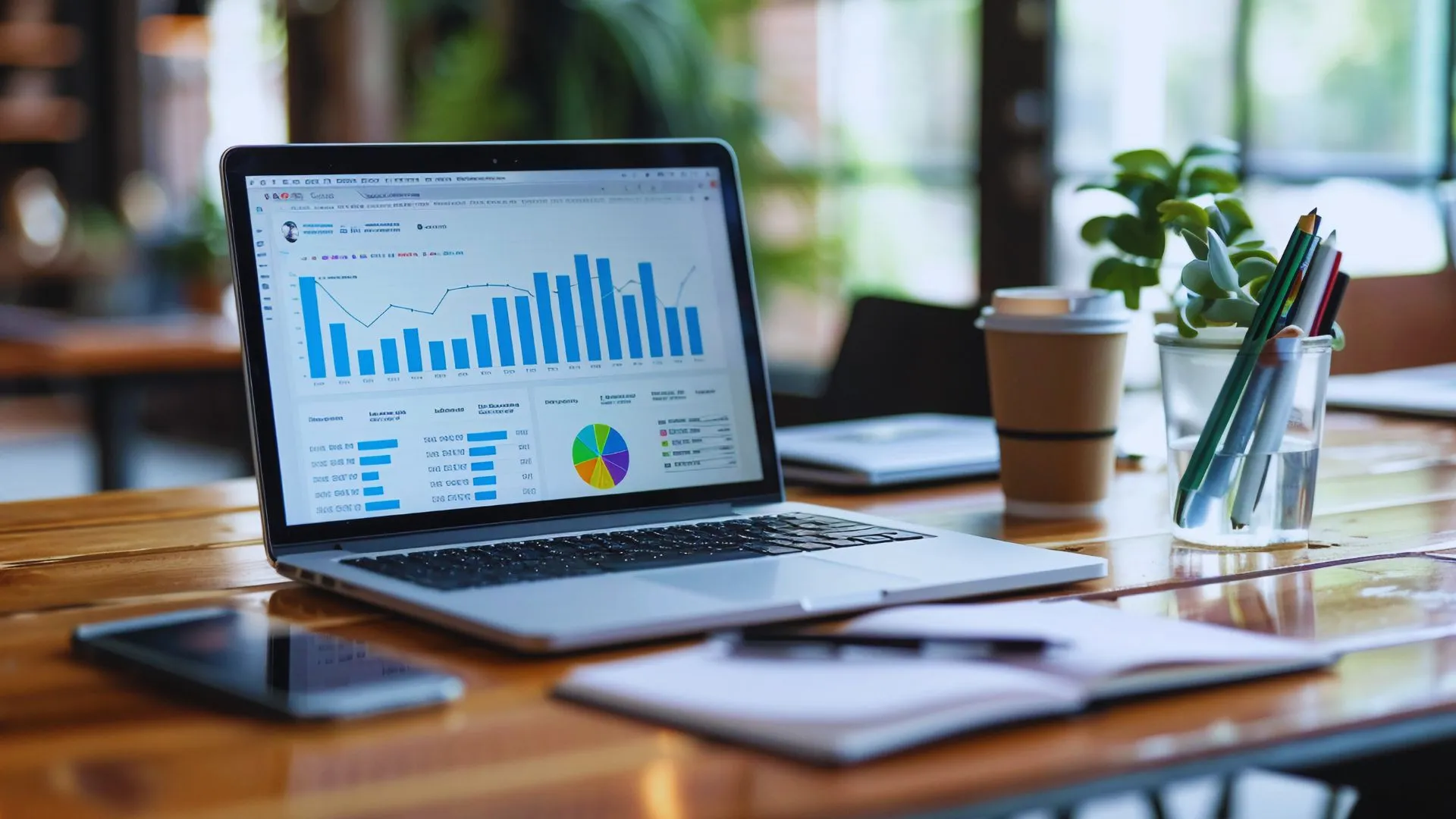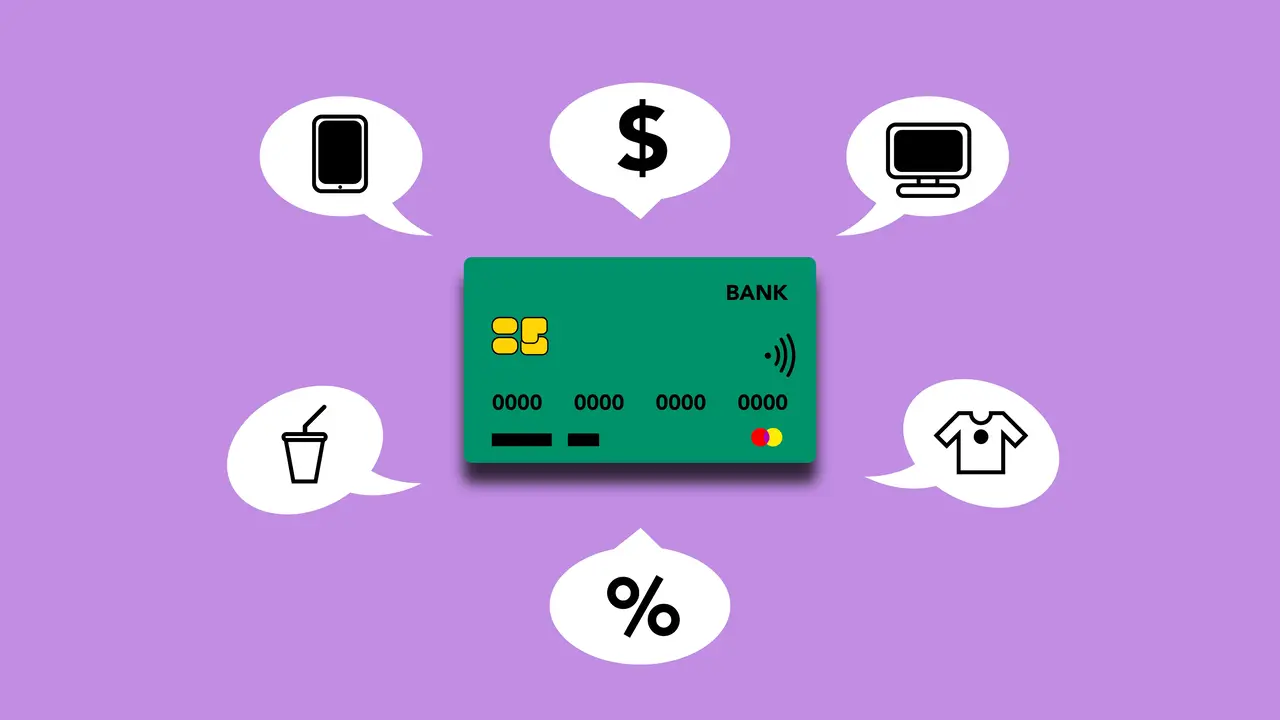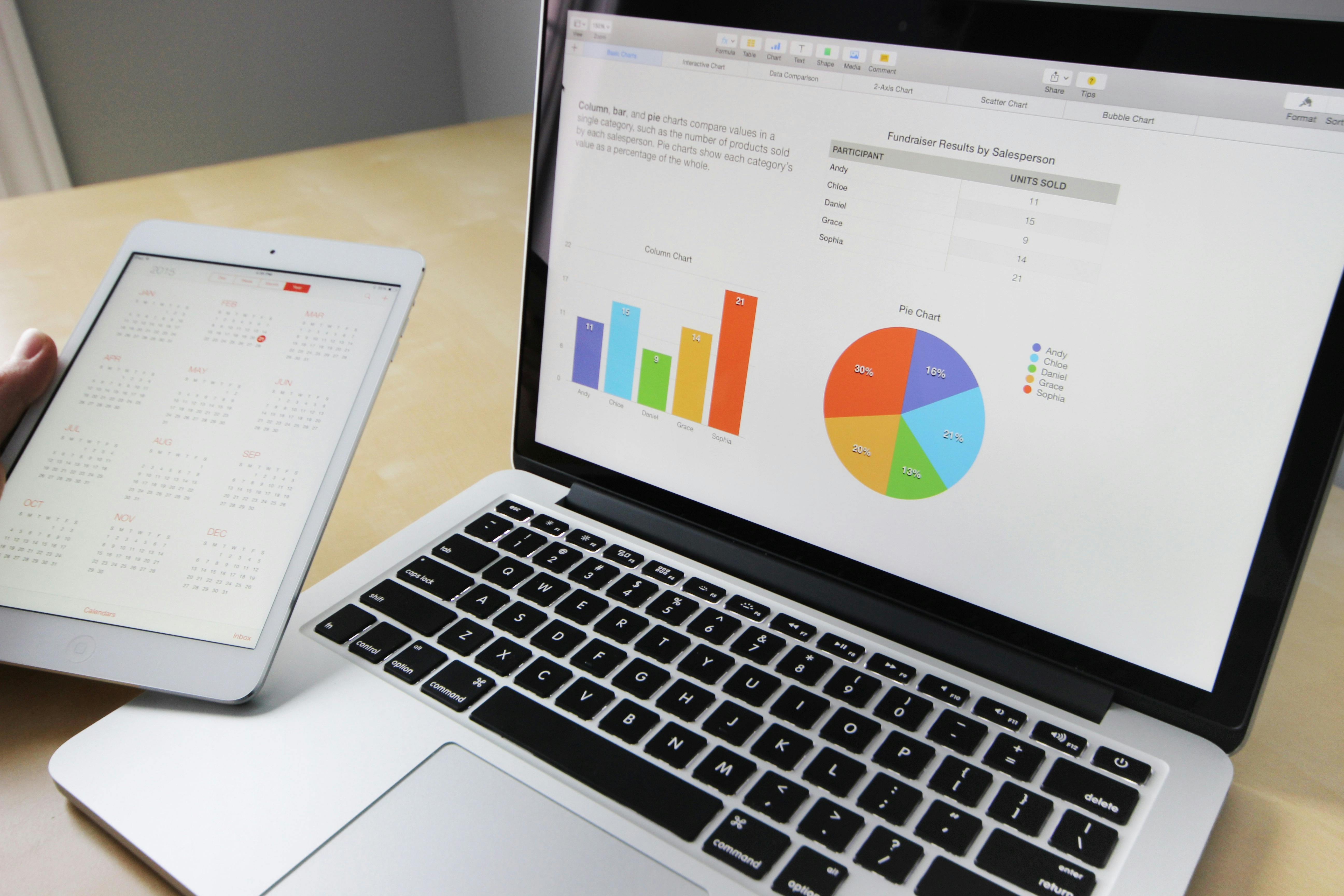Maximize Data Capture Through Data Scraping in RPA
- 8 September 2023
Introduction to Data Scraping
Data scraping is a process of extracting data from sources that are not
intended to be accessed or used by the person doing the scraping. Data
scraping can be done manually, but it is more commonly done using automated
tools.
There are many reasons why you might want to scrape data.
For example, you might want to collect data from a website that doesn't have
an API, or you might want to collect data from a file that is in a format that
is not easily parsed. Whatever the reason, data scraping can be a useful tool
for anyone who needs to get data from sources that are difficult to access.
Data
scraping can be used for good or evil. It can be used to collect data for
research purposes, or it can be used to steal people's personal information.
It is important to use data scraping ethically and responsibly.
If
you're going to scrape data, you need to be aware of the potential risks
involved. You could accidentally scrape sensitive information, or you could
get into trouble if you scrape data from a site that doesn't want you to. Be
sure to read the terms of service of any site before you start scraping, and
make sure you understand the risks involved.
What is RPA?
RPA, or robotic process automation, is a form of data scraping that uses software robots to automatically extract data from sources and input it into a target application. This can be done manually or through an automated process. RPA can be used to automate repetitive tasks, such as data entry, that are traditionally done by humans. This can free up time for employees to perform other tasks and improve efficiency in the workplace.
Types of Data Scraping Tools
There are a number of different data scraping tools available on the market,
each with its own unique set of features and capabilities. Here is a brief
overview of some of the more popular options:
1. Web Scraping
Tools: These tools allow you to extract data from websites and web-based
applications. Popular web scraping tools include import.io, Mozenda, and
ParseHub.
2. Screen Scraping Tools: These tools enable you to
capture data from desktop applications and software. Popular screen scraping
tools include WinAutomation and WindowFields.
3. Data Extraction
Tools: These tools allow you to pull data from a variety of sources, including
databases, spreadsheets, and text files. Popular data extraction tools include
Talend Open Studio and Pentaho Data Integration.
4. Text Mining
Tools: These tools help you to analyze unstructured text data in order to
extract valuable information and insights. Popular text mining tools include
WordStat and SAS Text Miner.
Web scraping libraries
There are a number of web scraping libraries available for RPA. The most
popular ones include:
-rvest: This library is designed specifically
for web scraping and makes it easy to extract data from HTML pages.
-XML:
This library provides a set of functions for working with XML data.
-httr:
This library provides functions for making HTTP requests, which can be used
for web scraping.
-RCurl: This library provides functions for working
with URL data, which can also be used for web scraping.
API-based scrapers
API-based scrapers are a great way to maximize data capture in RPA. They can
be used to automatically extract data from web pages, making it easy to get
the information you need without having to manually scrape the site.
There
are a few things to keep in mind when using API-based scrapers:
-Make
sure the API you're using is well-documented and easy to use. A good API will
make it easy to get started and will have clear instructions on how to use
it.
-Be aware of rate limits. Most APIs will have rate limits in
place, so make sure you understand how these work before you start scraping
data. Otherwise you could end up accidentally overloading the system and
getting your IP address blocked.
-Consider using a proxy server. If
you're going to be making a lot of requests to an API, consider using a proxy
server to help distribute the load and reduce the chance of getting blocked.
PDF & document parsers
Different RPA tools have different capabilities when it comes to parsing PDF
and other document formats. Some tools are better at handling certain types of
documents, while others may be more versatile. When selecting an RPA tool for
your organization, it's important to consider what kinds of documents you'll
be working with and whether the tool can handle them effectively.
There
are a few different ways to parse PDFs and other documents in RPA. One common
method is to use optical character recognition (OCR) to extract text from the
document. This can be effective for simple PDFs that don't contain a lot of
complex formatting. However, OCR can sometimes struggle with more complicated
PDFs, such as those that contain images or tables. In these cases, it may be
necessary to use a different approach, such as manually extracting data from
the PDF or using a dedicated PDF parser tool.
Another important
consideration when parsing documents is how the data will be structured. Some
RPA tools can automatically structure data as it's extracted, while others
require you to do this manually. If you're working with large volumes of data,
it's important to choose a tool that can handle the task efficiently.
Otherwise, you may find yourself spending a lot of time cleaning up messy data
sets.
How to Use Data Scraping in RPA
Data scraping is a process of extracting data from sources that are not
intended to be accessed or used. It can be done manually, but it is often
automated using tools like RPA.
RPA can be used to automate data
scraping from a variety of sources, including websites, PDFs, and text files.
It can also be used to scrape data from databases and other applications.
Data
scraping can be a valuable tool for capturing data that would otherwise be
difficult or impossible to obtain. It can also be used to save time and effort
by automating the process of data collection.
The Benefits of Data Scraping in RPA
Data scraping is one of the most powerful tools in RPA. It allows you to
extract data from any source and use it to automate processes. This can be
extremely useful when you need to gather data from multiple sources or when
you want to automate a process that requires data from a website or
database.
There are many benefits of using data scraping in RPA.
First, it can save you a lot of time. If you need to gather data from multiple
sources, manually gathering and inputting the data can take a lot of time.
With data scraping, you can automate this process and have the data gathered
and inputted into the system much faster.
Second, data scraping can
help improve accuracy. When you manually gather and input data, there is
always the potential for human error. This can lead to inaccuracies in the
final results. By automating the process with data scraping, you can eliminate
this risk and ensure that the data is accurate.
Third, data
scraping can help simplify complex processes. If a process requires data from
multiple sources or websites, it can be very complicated to set up. Data
scraping can help simplify these processes by extracting the needed data and
inputting it into the system automatically. This can make complex processes
much easier to manage and reduce errors.
Fourth,data scraping is
flexible and scalable. As your needs change, you can easily adjust the
settings on your scraper to accommodate these changes. Additionally, if you
need to scale up your
Conclusion
In conclusion, data scraping is an important tool for maximizing data capture in RPA. The ability to collect and structure data from multiple sources provides organizations with valuable insights that play a critical role in their decision-making process. Furthermore, automated processes expedite the entire process significantly, eliminating manual errors and saving businesses time and money in the long run. By incorporating proper data scraping techniques into their RPA systems, companies can maximize their efficiency across all areas of operations.
Power Your Business with Smart AI Solutions
Contact Us Schedule a ConsultationRecent Posts

Building a Scalable SaaS Architecture

Optimizing Banking using AI and Predictive Analysis

Neobanks & Technology: Disruption in Banking Industry

The ultimate guide to Product Design Process
Contact us
Contact us right now and let us be your reliable partner for developing enterprise & web apps.
Contact Us
